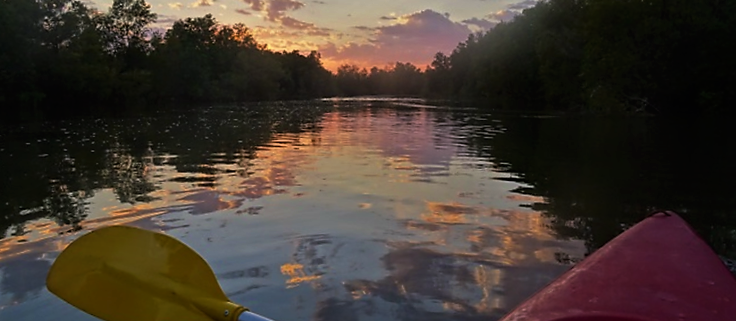Volunteer Experiences with the Reef Doctor Honko Project
Find out what life is like volunteering with the Reef Doctor Honko Project (mangrove conservation) in this blog by one of our recent volunteers, Elsa Descamps.
“After a 2-day journey from Antananarivo to Tulear via taxi brousse, I eventually arrived in Honko. First, I was introduced to the Reef Doctor project site in Ifaty, 10 km north from the Honko site in Ambondrolava. There, I met diving-passionate volunteers from all over the world.

Arriving at Honko, the first Malagasy word I learned was mazotoa, meaning enjoy. It illustrates perfectly the atmosphere of the place. Thierry (Honko Project Manager) and Lalas (Volunteer Coordinator and Tour Guide) were very welcoming and knowledgeable. Living most of the time with them, you soon feel part of their family. When I arrived I was the only volunteer but Thea, a beautiful human being from Australia, joined me soon after. We shared the same dorm, a basic but comfortable room equipped with mosquito nets and…Electricity! With November’s heat, you soon learn to enjoy the cold bucket showers. The water extracted from the well is used for showers and dishes but drinking water is filtered in the kitchen. Food is made by a cook and when hunger hits us, we share the meal in the living room. It was mainly bokoboko (local bread) for breakfast, rice and beans for lunch and rice and vegetables/meat (once a week) for diner. Food is available at any time of the day. The immersion in the Gasy lifestyle is great and gives a satisfying break in habits.

Lalas guided Thea and I through the mangrove and we instantly wanted to learn more about this fascinating ecosystem. Books about mangrove species, birds and Malagasy are available in the living room. So we spent the first days trying to engulf as much information as we could. Eventually through field work and two weekly bird monitoring events – with Lalas giving us some valuable recognition characteristics – we became able to identify most of the species we encountered.



Between the several projects that Honko is undertaking I could choose the one that I had the most interest in. Reforestation and gardening were what interested me the most, so planting became the main part of my work during my 2-month stay. Plus, in November, the yellow and black mangrove propagules – seedlings growing on the parent tree – are ready to plant. Along with the Honko team, volunteers and environmental education students we harvested propagules in deep mud (at low tide) or in waist-high water (at high tide). As well as being a lot of fun, it was very efficient and some days we collected more than a thousand propagules that we then planted in deforested areas.

 The weather was hot and dry, this combined with a sandy soil makes gardening very challenging. To give the soil some nutrients, we launched a new compost with fresh zebu manure and organic food remains. Once a week the compost is turned and watered in order to add some oxygen and moisture. The outcome is already successful! This black gold is then used for planting tomatoes, red peppers, mangoes, baobab and other locally growing trees in the nursery in order to help the veggie garden project and improve the Honko camp site.
The weather was hot and dry, this combined with a sandy soil makes gardening very challenging. To give the soil some nutrients, we launched a new compost with fresh zebu manure and organic food remains. Once a week the compost is turned and watered in order to add some oxygen and moisture. The outcome is already successful! This black gold is then used for planting tomatoes, red peppers, mangoes, baobab and other locally growing trees in the nursery in order to help the veggie garden project and improve the Honko camp site.
Once a week, along with Thierry and Thea, we taught English to the students of the neighbourhood villages. Even though the level is heterogeneous, their eagerness to learn makes it very exciting.
Finally, after a week of work (roughly 7 hours a day) we enjoyed a kayak tour of the mangrove channel that leads to the sea. I would advise an early sunrise expedition. There is also plenty to do in the surroundings: diving with Reef Doctor in Ifaty, walking through baobabs in the Spiny Forest of Mangily or lazing in the transparent water of Anakao.


Last but not least, I’ll always remember when the Women’s Association’s president, Jacqueline, she taught me how to weave reeds as she did to the rest of the community before. I was really moved by her patience even though we only communicated through gesture.
Misaotra betsaka an’i Honko! Amin’ny manaraka indray!
Thank you very much Honko! See you next time!
You can find out more about our Honko volunteer programme here.




